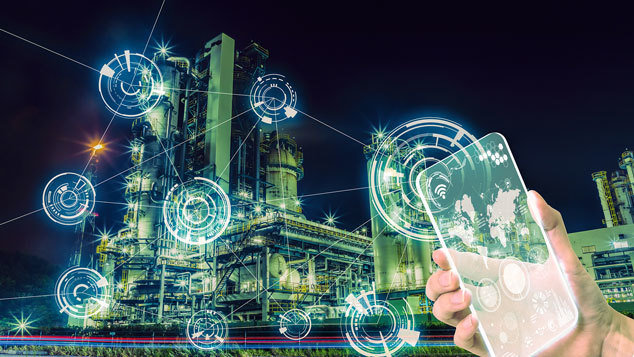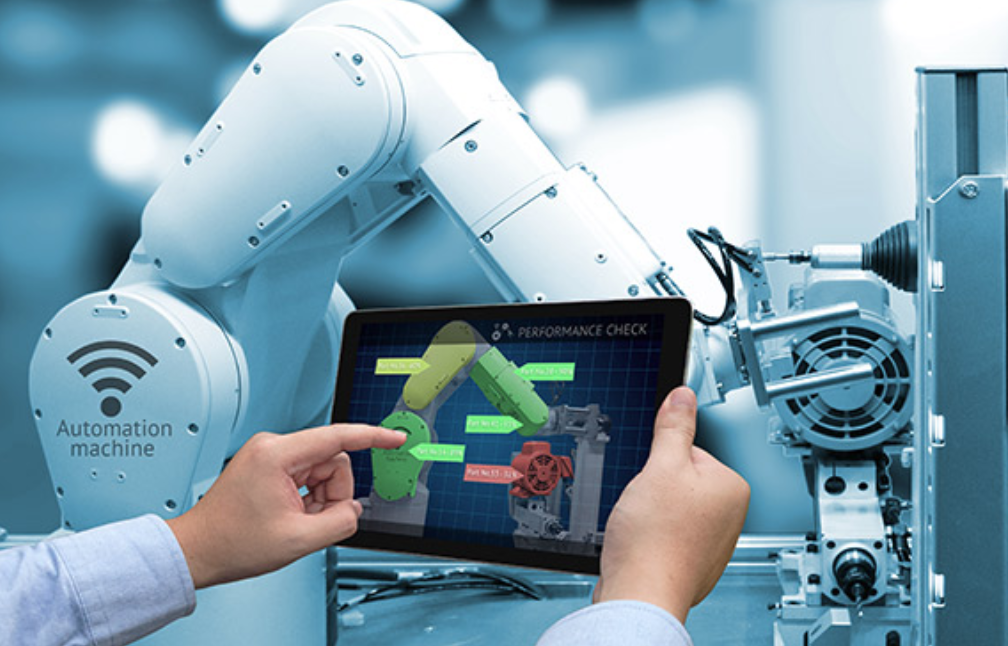Brett Parker SAP Technological pillars of Industry 4.0

- Internet of Things or Internet of Things: Not only computers are connected to the network, but everyday machines, devices and objects offer us relevant information and data for further analysis.
- Advanced robotics and artificial intelligence: Machines created with the purpose of automating tasks, decision making and even learning, trying to emulate the logical thinking of the human being.
- Systems for vertical and horizontal integration: Each company selecting an internal implementation of a service or process (vertical) or integrating into cooperation or outsourcing mechanisms (horizontal)
- M2M (Machine to Machine) communication: Thanks to various technologies, machines communicate by exchanging information and being able to perform efficient actions without human intervention.
- Cyber-physical systems: With devices that incorporate both computational and storage and communication skills in order to direct and interact with a physical process.
- Big Data: It is the massive analysis of data, which can be processed and stored for unknowns and issues that previously would not have been possible to solve in the company.
- Hyperconnectivity: As a model of society permanently connected to information through different devices modifying the traditional way of relating to everything around us.
- Cloud Computing: A new paradigm that consists of a new model of implementation of ICT services connected through the Internet.
- Cybersecurity: It is the practice of protecting the computer systems of companies from malicious attacks that could jeopardize the adequate activity of these systems, using them or disrupting their operation.
- Digital manufacturing (3D / 4D printing): When from 3D printing (height, width and depth) and layer by layer, it becomes intelligent objects capable of adapting and interacting with the environment or demand.
- M.E.S : System focused on capturing and documenting production data in factories in addition to maintenance, quality, logistics or planning looking for relevant information for a more predictive performance.
- Virtual and augmented reality: VR is a technology that allows us to replace our environment and moves us into a digital world through glasses with a screen in each eye. In augmented reality we do not obstruct our view, but we increase the information by adding relevant knowledge, in addition to receiving it in real time.
The incorporation of some of these elements in the company's value chain facilitates the flow of information from the physical world to real-time business decisions.
It is not necessary to apply all the technologies to modify our factory to intelligent, since we will only use what we believe is beneficial for us.
The connection of industrial devices to the network makes it possible to extract data in real time and control it remotely. That is why Big Data can become one of our great allies. The analysis and management of the data leads you to the optimization of the different industrial and energy processes.
That is why the convergence between the automation of industrial processes and Information Technology allows to improve operations (automation, flexibility, speed and productivity), reduce costs, as well as improve the quality of processes.
The progress of systems development is bringing us closer and closer to smart cities or autonomous cars (SmartCar) that are safer and more efficient, providing people with unlimited mobility and the benefit will result both in personal and work levels.
